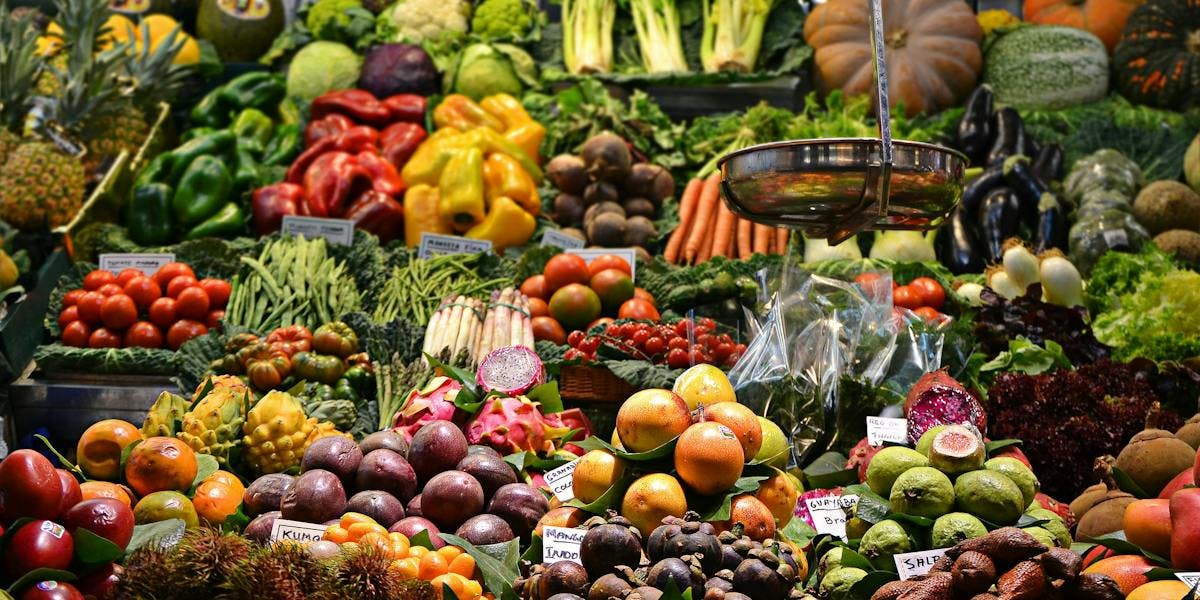Lifestyle
Ellie Unearths: Why Local Isn’t Always Better
4min read
Of the widely accepted sustainable consumer habits, shopping local is right up there. It makes intuitive sense to keep money in the local community, diversifying our economy and knowing that the produce you buy there hasn’t travelled as far, and therefore caused as many emissions. Both very valid points and I’m not here to throw a spanner in the works or confuse anyone into inaction. I applaud anyone who is committed to shopping in this way, but there are a few caveats to consider when shopping for things like strawberries and tomatoes.
Local is Awesome
Local food comes with a whole host of environmental and social benefits;
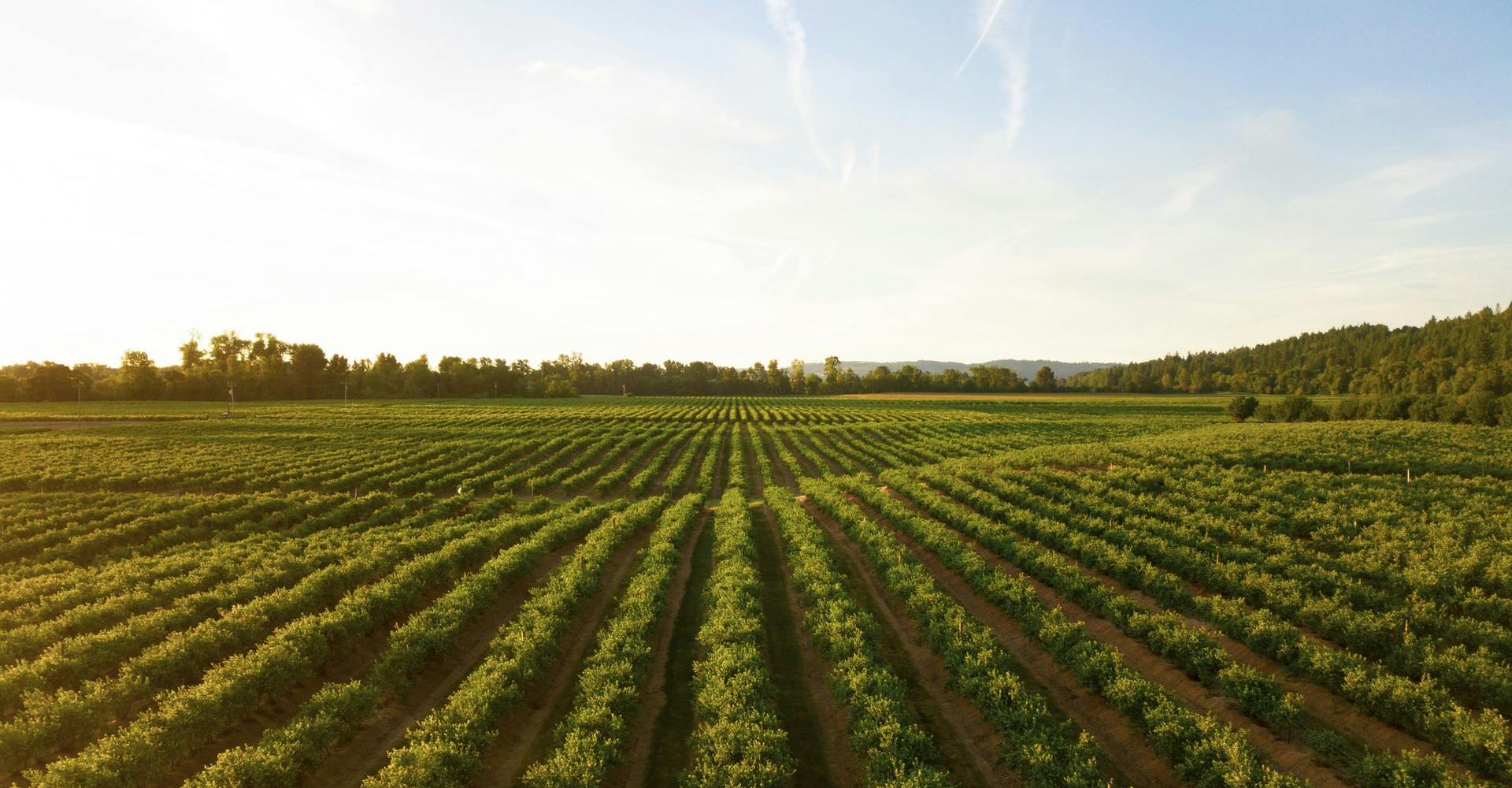
- It supports local businesses, essential for a resilient economy like we’ve seen this year
- It gives us a greater sense of connection to the source of - and respect for the people behind - the food
- It’s often fresher and tastier
- Aesthetic standards tend to be lower so less is usually wasted as a result
- And many are organic or use other more traditional farming methods which benefit soil health and the purity of waterways (to name a few examples)
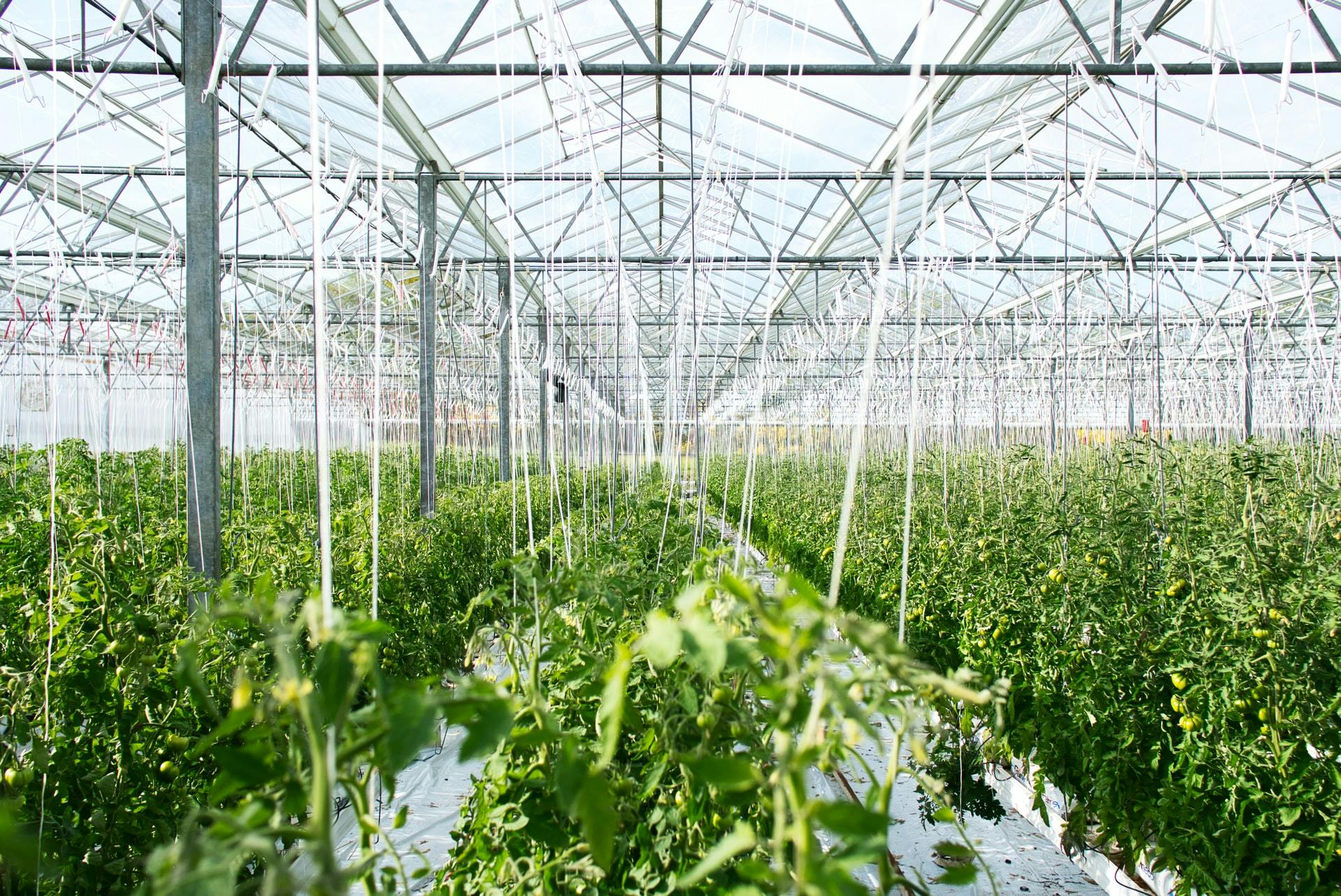
The emergence of hot housing in the UK as a way of farming produce out of season, using artificial heat and lighting, can mean buying locally, but with a large environmental cost associated. Often the terms greenhouse and hot house are used interchangeably to refer to a glass or plastic building used to grow plants, but there is a significant difference between the two. Greenhouses are warmed only by the sun, while hot houses are heated by artificial sources which are extremely energy intensive.
Examples of foods that are very likely to have been grown in artificially heated hot houses, if out of season in the UK, include: baby corn, baby carrots, mangetout, green beans, okra, lettuces, blueberries, raspberries, strawberries and - most notably - tomatoes. When hot-housed to supply demand out of season, tomatoes are extremely high carbon, 1kg of tomatoes produces:
- 1.3kg CO2e - large salad variety grown locally, in season
- 4.9kg CO2e - baby plum UK summer or Spanish winter
- 28.2kg CO2e - organic vine cherry tomatoes, grown in a heated greenhouse in the UK in March
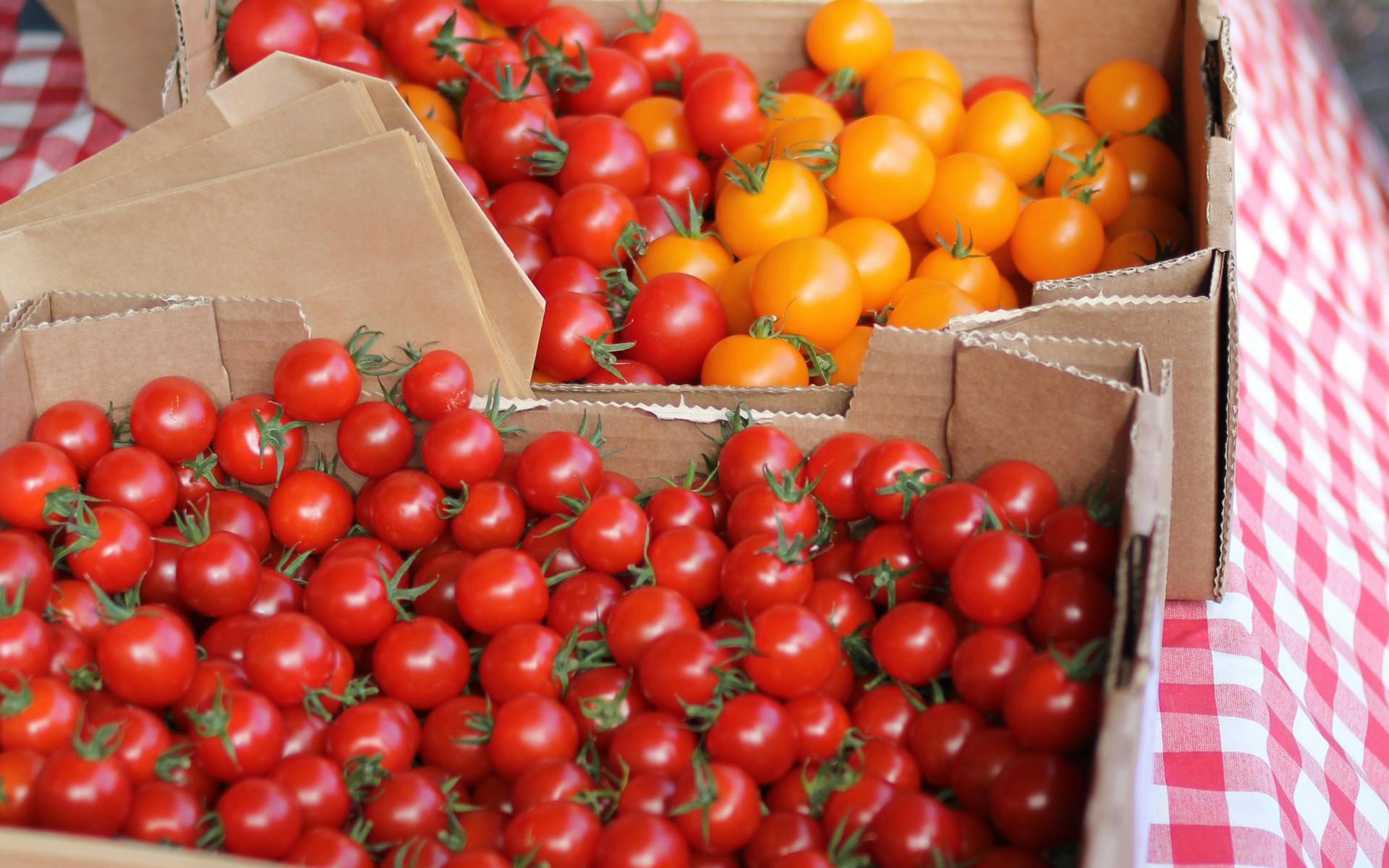
For reference, an 8oz steak from deforested land in Brazil has a footprint of 17.8kg CO2e. That’s 10kg less CO2e than the organic vine tomatoes grown in a hot house and technically classed ‘local’. But if you go with high-yield, loose varieties (like salad tomatoes), grown in summer (July to October in the UK) with no artificial heat they are absolutely fine to eat, great even! The best way to identify produce grown in hot houses is to get familiar with UK seasonality with a veg calendar, and if it’s not in season but the label says grown in the UK, it’s best avoided if possible.
The Big Picture
All that said, It’s really important to zoom out and put these shopping habits into the broader context, where it becomes clear that by far the most important decision you can make in your weekly shop, is to increase your consumption of plant-based foods in place of meat and dairy products.
This study found that an omnivore switching to a plant-based diet could reduce their carbon footprint by more than 7 x as much as an omnivore switching to a diet sourced 100% locally (2.7tonnes CO2e compared with 0.4tonnes CO2e). That’s because transport is a small contributor to emissions. For most food products, it accounts for less than 10%, and it’s much smaller for the largest GHG emitters. In beef from beef herds, it’s 0.5%. Not just transport, but all processes in the supply chain after the food leaves the farm – processing, transport, retail and packaging – mostly account for a small share of emissions. (link)

Don’t beat yourself up over bananas
Of course, there are many benefits to eating local beyond carbon emissions, and it remains a really positive action to take in improving our relationship with food. But don’t beat yourself up about enjoying a banana shipped from Costa Rica and maybe do think twice about those vine tomatoes grown in the UK and on sale in December.
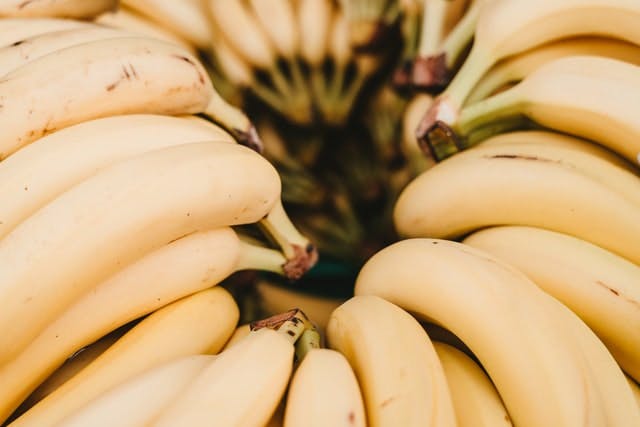
However, if you’re going to change one thing about the way you shop to lower your carbon footprint, make it a shift to plant-based because even just switching one day per week’s worth of calories from meat and dairy to a plant-based alternative reduces GHG emissions more than buying all your food from local sources. (link)
By Ellie Harrison
Ellie heads up all-things sustainability, making sure everything we do is as conscious as possible. She couldn’t live without volleyball, killer whales and porridge… though hopefully not at the same time.
Let us take care of dinner
We help to make eating more plants easy and delicious. Fancy letting us take care of dinner? Check out our delicious meals here.
Shop now
